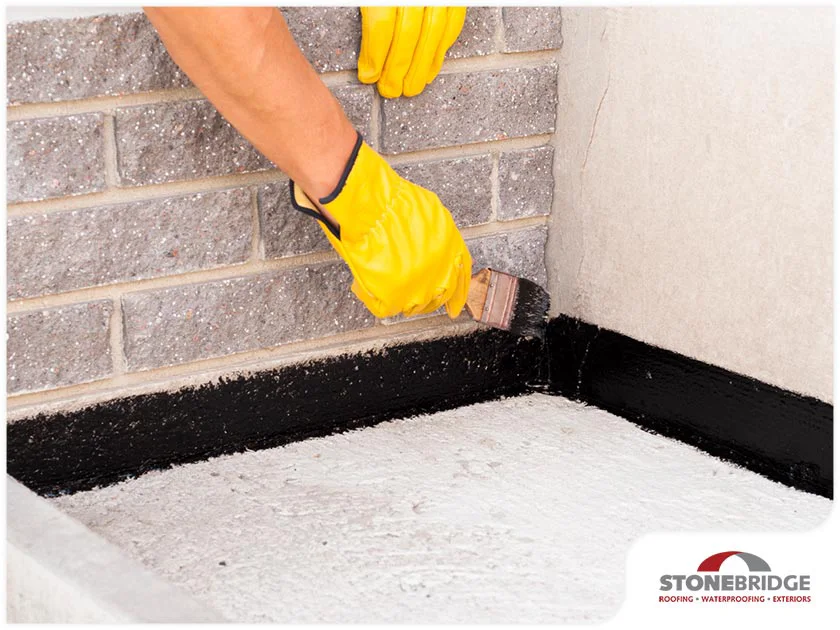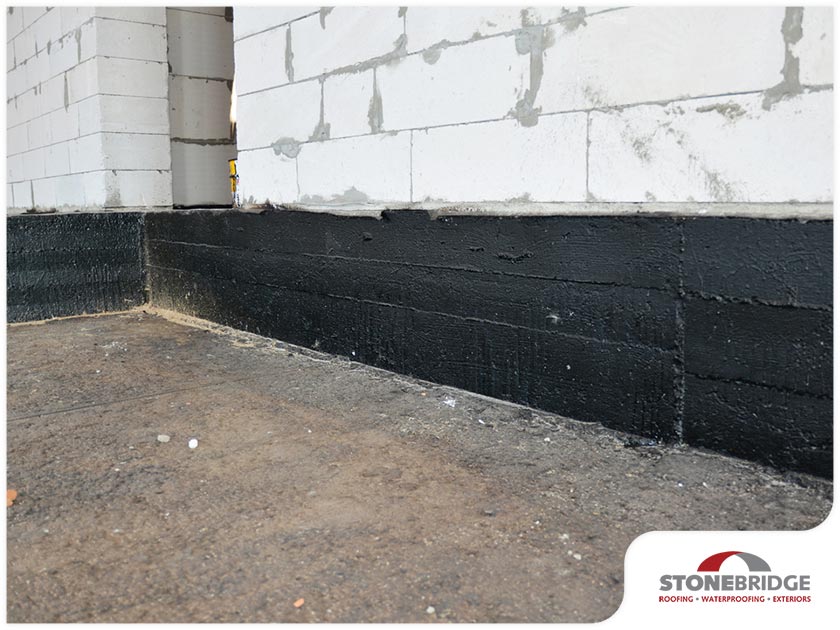According to exterior waterproofing professionals, there are several benefits to concrete waterproofing:
If you inspect a concrete foundation years after it was laid down, and it was not waterproofed, you will notice that it doesn’t look as smooth as when it was new. This is because water breaks down concrete over time. Not only does it look bad now, but it’s also weaker. Water has broken down and eroded part of the foundation, so its stability is now questionable.
It takes a few years for water damage to be obvious with concrete, but if your foundation suffers an extreme case of water damage, it can be completely destroyed. When this happens, you can be quite sure that your floors and walls are damaged as well.
For safety and longevity, you should waterproof concrete foundations to protect not just the concrete, but the rebar inside the concrete that can rust and start to erode over time.
Prevention of Mold and Mildew Growth
Waterproofing a concrete foundation also protects it from the growth of mold and mildew, which love dark and damp places. Mold and mildew do not only affect the looks of concrete and other surfaces, but they can also harm your household’s health.
Protection From Maintenance Expenses
If your area is flooded after a storm, you’ll have to work hard to remove the water from your basement and clean the muck. If your foundations are waterproofed, at least you can be sure they won’t be affected as much by the flood.
Waterproofing Increases Value
Home exterior waterproofing can help increase your property’s value over time. You might even be able to use it as leverage if you’re asking for higher offers.
When waterproofing a concrete foundation, a liquid-applied membrane is a preferred method. Two layers of this waterproofing membrane are advisable for extra protection and longevity. Your contractor will use a brush or spray method to apply this waterproofing membrane.
Get in touch with Stonebridge Roofing, Waterproofing, and Exteriors for more information about waterproofing your foundations during new home construction or home exterior renovations. Call us today at (904) 262-6636, or contact us here.


